|
Seventh Season
|
Newsletter
November-December 2008
|
|
 NEXT
NEXT
Chamber Music
with Horn
fanfares for the drawing room
with Todd Williams, Principal Horn
The Baroque Era ushered in the age of the virtuoso horn, an instrument as
famous for its mellow glow as for its raucous athleticism. The versatile Todd
Williams, Tempesta’s principal horn, joins Gwyn Roberts, recorder; Emlyn Ngai
and Karina Fox, violins; Marilyn Boenau, bassoon; Rebecca Humphrey, cello;
Richard Stone, theorbo, and Adam Pearl, harpsichord. The ensemble performs
novel pieces featuring horn, Handel’s Six Celebrated Songs,
Telemann’s Concerto a 3, Graun’s Sonata in D, and Mozart-era
Leopold Koželuch’s Serenata in D, along with a gorgeous quartet
by Fasch and Vivaldi‘s haunted chamber concerto for recorder, bassoon
and strings, La Notte.
Chamber Music with Horn is part of Tempesta di Mare’s
“Open Doors” free-admission programming, which springs from
our mission to introduce more people to the exciting, shared experience of
live classical music. According to survey data, 13% of our audience at an
Open Doors concert is getting that experience for the first time.
Representing “the perfect marriage between musical instinct and
meticulous scholarship” (Fanfare), Tempesta di Mare
is named for Vivaldi’s exciting concerto meaning “storm at
sea,” a title reflecting the power of music to evoke drama. Led
by Artistic Co-Directors Gwyn Roberts and Richard Stone with Concertmaster
Emlyn Ngai, Tempesta is one of just three baroque orchestras across the
country to receive a National Endowment for the Arts Artistic Excellence
award in 2007. Tempesta di Mare’s recent CD release on Chandos, a
live-concert recording of orchestral music by Fasch, has earned five stars
from Goldberg Magazine. It followed the acclaimed Flaming
Rose, Handel’s German arias with soprano Julianne Baird, and
the world-premiere recording of lute concerti by Silvius Leopold Weiss.
|
Program
Chamber Music with Horn
fanfares for the drawing room
December 6 and 7
Tempesta di Mare | Philadelphia Baroque Orchestra
CHAMBER PLAYERS
Va tacito
from Six Celebrated Songs, arr. Walsh
horn, bassoon, recorder,
strings, continuo
|
George Frideric Handel
(1685–1759)
|
Concerto a 3 in F, TWV 42 : F 14
horn, recorder, bassoon
|
Georg Philipp Telemann
(1681–1767)
|
Quadro in D, FWV N : D 1
flute, violin, bassoon, continuo
|
Johann Friedrich Fasch
(1688–1758)
|
Combatti, Senza procelle, Io seguo
from Six Celebrated Songs
|
Handel
|
|
INTERMISSION
|
Serenata in D, Op 11, No 1
horn, flute, violin, viola, cello
|
Leopold Koželuch
(1747-1818)
|
Sonata in D
horn, violin, continuo
|
Carl Heinrich Graun
(1703–1759)
|
Concerto in G Minor, “La Notte”, RV 104
recorder, bassoon, strings, continuo
|
Antonio Vivaldi
(1678–1741)
|
Dell’ onor, Se l’arco
from Six Celebrated Songs
|
Handel
|
Dates, Times and Locations
|
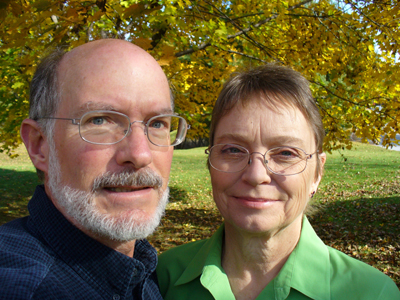 SPOTLIGHT
SPOTLIGHT
The Community that
Makes Tempesta Possible
Paul and Sharon Ritger of Sunair Co, our newest Corporate Sponsor
by Elizabeth Shoemaker
Welcome to our new newsletter feature, Spotlight.
Here at Tempesta di Mare, we are incredibly fortunate to have people who
support what we do, including concert volunteers, housing volunteers and a variety of
sponsors. We’d like you to get to know some of the wonderful people who support
us, and invite you to join our community as well.
Sharon and Paul Ritger first heard of Tempesta di Mare when they
were looking for a lute teacher for their then-highschool-aged son, Robert,
and came across Artistic Co-Director Richard Stone. The family’s first concert
with Tempesta was Murder Most Foul, which opened the 2003-2004 Season.
The Ritgers’s firm, Sunair
Company, is based in Willow Grove,
Pennsylvania. Paul and his business partner bought it
in 2004, three decades after its founding in 1974. Sunair sells,
distributes and repairs heavy-duty industrial pump equipment that serves the refining,
chemical processing, food and pharmaceutical industries, among others.
Sharon and Paul
admitted that “choosing a favorite Tempesta show is difficult, if
not impossible. One that does come to mind,
however, is the concert we attended during the Tempesta di Mare
Bach Spring Festival in 2004. Emlyn Ngai’s performance of
Bach’s Partita in E was unforgettable.”
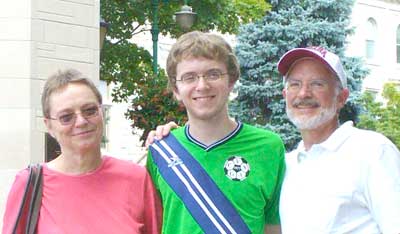 Robert Ritger now studies lute—with Richard’s own former
teacher—and German at Indiana University.
Robert Ritger now studies lute—with Richard’s own former
teacher—and German at Indiana University.
Sharon and Paul added, “We just want
to say how proud we are that Sunair Company is a Corporate Sponsor of such a
world-class organization as Tempesta di Mare. Thank you, Richard,
Gwyn, Emlyn and all of the artists who are a part of Tempesta
di Mare. They make the Philadelphia area a much richer place in which
to live.”
Elizabeth Schoemaker, is a bassoonist, musicologist and Program Coordinator
of Tempesta di Mare.
|
|
|
 “Open Doors”
“Open Doors”
Free-Admission Concerts
free admission? really?
Yes, really. Everyone is welcome. No purchase required. Just
pre-register
online at tempestadimare.org or register at the door with
one of our friendly volunteers.
As a fan and “Tempestian,” you know you’ll experience
the same fabulous music-making at Open Doors concerts as
at our ticketed events; that you’ll feel the thrill of
new discoveries alongside the comfort of familiar musical friends; and
that you’ll share the excitement with with your fellow concert-goers.
And if you are new, great! We can't wait to meet you. Bring your family,
friends and colleagues. Children 8 and older are welcome.
Though Open Doors concerts are free to attend, they are as expensive to produce
as any ticketed concert. Please help to keep these fine shows available.
-
Make a contribution when you register. 100% of your gift will go towards
this and future programs.
-
Volunteer for a future event or to help out in the office. We can
always use an extra hand! Shoot us an e-mail or sign up at the concert.
Let’s fill the house!
|
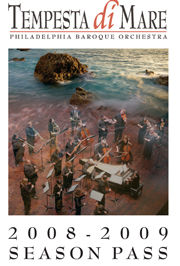
|
TRADE-UP
Season Pass Trade-Up
GET YOURS NOW
Apply the cost of your ticket purchase of Orchestral Music from
Hamburg for a 2008-2009 Season Pass. Call,
write, or bring your
stub to the door at Chamber Music with Horn to trade up!
With a Tempesta di Mare Season Pass you’ll enjoy all five
productions from the best seats in the house. The Season Pass
is a bundle of good things rolled into one:
-
Preferred seating at all 5 fantastic concerts
-
No waiting in line: you go directly to your seats
-
Exclusive ticket exchange privileges
-
Invitations to special events
|
Regular low price $145, minus what you already paid for the season opener!
-
$110 if you bought a $35 Preferred ticket
-
$120 if you bought a $25 General ticket
-
$125 if you bought a $20 Senior ticket
|
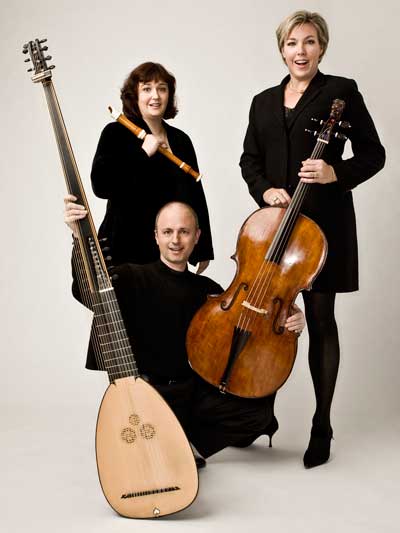
|
ASK THE MUSICIANS
Ask the Musicians
what do you want to know?
“That oversized lute-like instrument...?”
Susan Weinz of Center City Philadelphia wrote in:
That seemingly oversized lute-like instrument... what is it?
How does a musician transport it? Why is the neck so long?
We asked Artistic Co-Director Richard Stone, the Tempesta musician
responsible for playing and transporting that seemingly oversized
lute-like instrument, to field that question.
|
Dear Susan,
The instrument you mention is probably a theorbo (pronounced
thee-OR-boh, with the same unvoiced TH as “thing”
and “three”), though it could also be my archlute, shown in the snapshot above.
Archlutes and theorbos look similar, especially from a distance.
That’s because the engineering behind both is serving the
same purpose. I’ll get to that in a moment.
Here are photos of a theorbo, an archlute, and of the new theorbo-lute I’m getting in December:

|
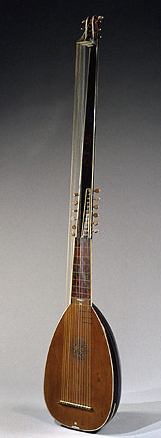
|
|
theorbo
|
archlute
|
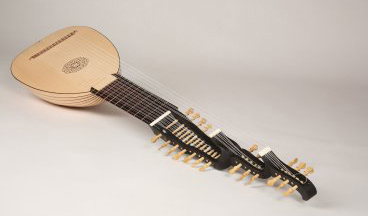
|
|
theorbo-lute
|
Theorbos are in fact a type of lute. Whenever you see a
lute with an extended neck, it’s some kind of theorbo, whether
it’s called “theorbo,” “theorbo-lute,”
“chitarrone” or “archlute,” for
instance. There are many styles of theorbo: Italian, English
and German being the principal ones. Mine is in the Italian style.
Theorbos have two necks. The shorter of the two is the one
over which the melody strings pass. These are the ones that the player
stops at the frets with the left hand to change pitches, and plucks with
the right hand to make them vibrate. The long neck is for the bass strings.
The extraordinary length of the second neck came about because the extra
length enables plain gut strings to be tuned to very low pitches and sound good.
It’s a similar principle to having harps and pianos increasing in
length along the bass side of those instruments: a longer string sounds
better in the bass register than a shorter string that’s too loose
or too fat. My theorbo is longer than I am tall. But wait,
I’m not tall.... In seriousness, it’s close to six feet
long, and among its sort of theorbo, it’s not even all that big.
These gut strings on the second neck are intended to be plucked as real
bass notes and we theorbists do just that. In fact, the long strings are
only plucked with the right thumb, never stopped with the left
hand, even when those strings appear to pass over the fingerboard. They're
tuned in a scale, so you don't need to stop them to change pitch because
most of the notes you need are already there with the open strings, which
is also why there are so many long bass strings.
Transporting a theorbo is good fun. When we buy a car, which we have
done twice now, we make sure that the back seat folds down and the
instrument will fit without blocking access to the stick shift, though
it might cover the hand brake. If you are considering buying a theorbo,
you should know that Honda’s Civic hatchback and Fit both can contain a
theorbo, two to three passengers and luggage just fine.
Traveling by air is more of a challenge. After my theorbo got broken
twice by the airlines, I have decided that if I can’t drive to a
concert (8 hours by car or less), it has to have its own seat on an airplane.
None of my instruments has traveled as cargo since the second break.
Want to hear the theorbo on its own? My recital from last spring is
posted at a friend’s YouTube website. You can watch and listen to
it there, with some solo music by Robert
de Visée and Girolamo Kapsberger.
Richard Stone plays lute, theorbo and archlute, teaches at the Peabody
Institute of Johns Hopkins University and is Artistic Co-Director of
Tempesta di Mare.
We’re looking forward to finding out what it is you want to
know and delivering the answers!
Click to send a question by email now.
|
|
|
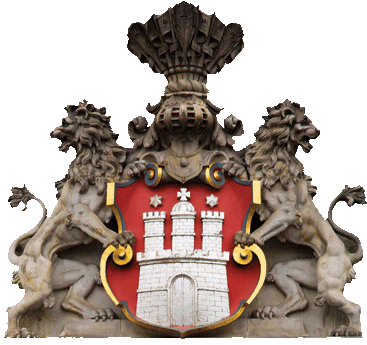
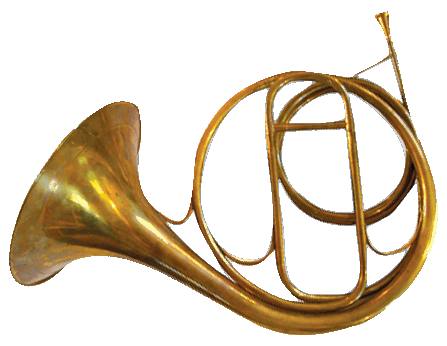
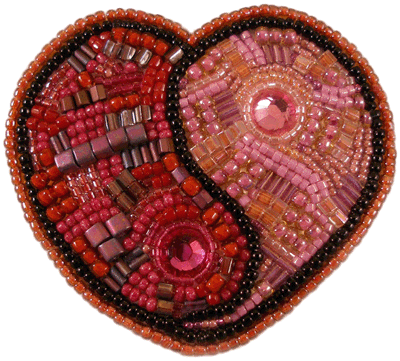

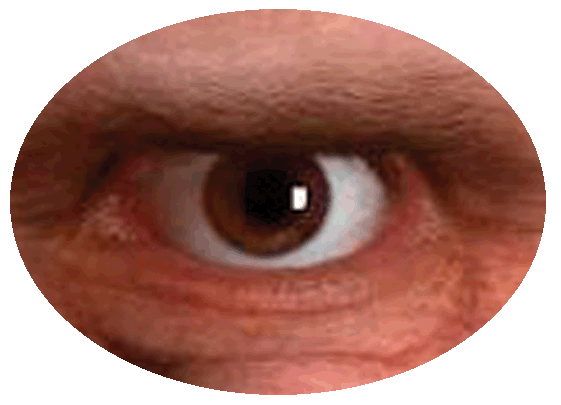
Click on the program icons above to visit our Series page
or click here to go to our homepage.
|
Tempesta di Mare • 1034 Carpenter St •
Philadelphia PA 19147 • 215-755-8776 • www.tempestadimare.org
|
 SPOTLIGHT
SPOTLIGHT
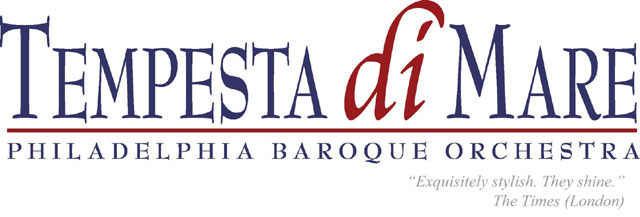
 NEXT
NEXT
 Robert Ritger now studies lute—with Richard’s own former
teacher—and German at Indiana University.
Robert Ritger now studies lute—with Richard’s own former
teacher—and German at Indiana University.
 “Open Doors”
“Open Doors” 








